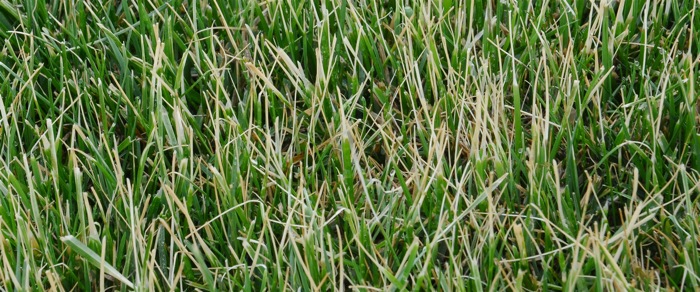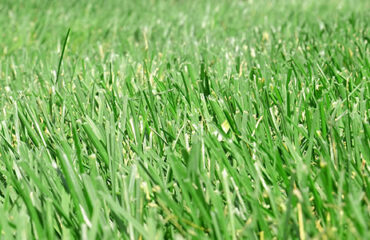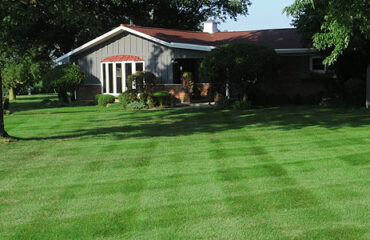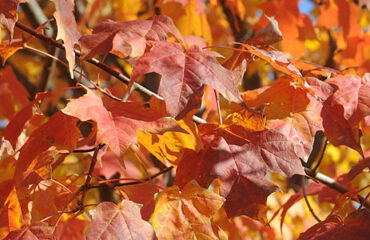It’s the last thing you expect from a spring frost.
You expect flowers…tulips, daffodils, and hyacinths…to freeze.
You expect fruit trees…apples, peaches, and cherries…to freeze.
And, you even expect some of the growth on your perennial shrubbery to show the effects of sub-30-degree nights.
But you don’t expect it to show up on your lawn, and that’s exactly what people are seeing this week (see the above photos) in the wake of recent 28-degree nights and April’s last snow (we hope).
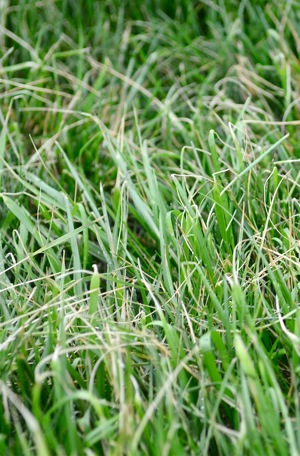
If you have a lot of fescue variety in your lawn (as pictured) it’s especially susceptible to spring frost and the plant tips turning brown and burnt-looking. But it will grow out of it.
Numerous customers have called to ask why their lawn is turning brown this week. “Have you changed something with the fertilizer and weed control you’re using?” one asked.
No, the issue is simply cold weather, and trust it, cold weather will zap grass the same as it will other greenery that’s just emerged from winter dormancy. Green and lush one day, all it takes is that one night (let alone two) in the 20s for the tips of turf plants to shrivel and turn brown looking…not unlike what it would look like when you walk across the lawn on a frosty morning and see the “burn” marks from your footprints later in the day. Freeze is freeze.
And BTW…it’s not a good idea to mow early in the morning of a frost – for your lawn, or your mower. Wait until the afternoon!
Now, the good news is that it will quickly grow out of it. Grass is already starting to grow and by the time you mow once or twice the “frost kill” will be a distant memory. No need to fertilize excessively, nature will run its own course. You’ll see.
Give it a week or so, a couple of warm rains (trust it, they’re coming), and your lawn will be no worse for the experience.
And if you keep track of these things in a book or diary, make note. When it happens it again you won’t need to call and ask, “What happened?” Just remember the frost from last April!

